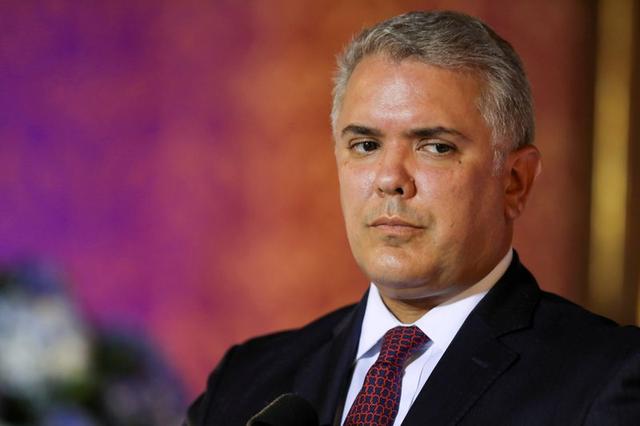RIO DE JANEIRO, BRAZIL – The governments of Colombia and Peru are studying the possibility of centralizing gold purchases, in an effort to combat illegal and informal extraction, officials from both countries said on Tuesday, March 2nd.

Colombian President Ivan Duque said his government is considering the move to stymie the role illegal mining plays in fueling a decades-long internal conflict.
“We have considered reopening that conversation, also with the central bank, of returning to centralize… the buying of gold,” Duque said during the ELAMI regional mining conference. Colombia’s central bank was the sole purchaser of gold output in the country until 1991, when the market was opened.
A regional effort is needed to fight illegal mining, Duque said, highlighting deforestation and the use of mercury associated with illicit extraction.
His government will this month ask Congress to strengthen penalties for environmental crimes and illegal mining, Duque added.
A gram of gold is often easier for armed groups to transport than a gram of cocaine, Colombia’s mines and energy minister, Diego Mesa, said at the event.
Last week, Colombia launched a new military unit to target illicit mining. Gold production in the country rose 58% year-on-year in the third quarter of 2020 to 14.2 tonnes.
Meanwhile, informal miners in Peru are asking the government to implement clear rules for commercializing gold, that country’s mining minister, Jaime Galvez, said.
“We think it’s something we should take up in some way, though it wouldn’t be the state directly,” he said.
“The state controlling the commercialization process of gold from smaller mining operations is the only way to have traceability. Without traceability informal mining will continue to be predominant.”
Sales of U.S. gold bullion coins rose 258% in 2020, the U.S. Mint said last month, with heavy demand continuing this year, squeezing supplies affected by coronavirus lockdowns.
Peru gold production was down 32% in 2020 compared with 2019, to 87.3 million fine grams.
Production shortfalls were partially compensated by higher prices, said Argentina’s mining minister, Alberto Hensel.
“We could say the fall in production volumes was 40%, but the value in exports, because of the increase in price, was a fall of 20%,” Hensel said.

